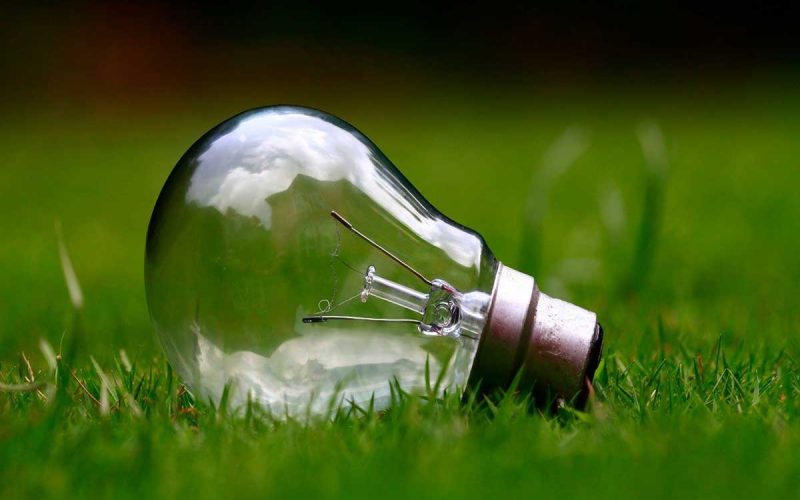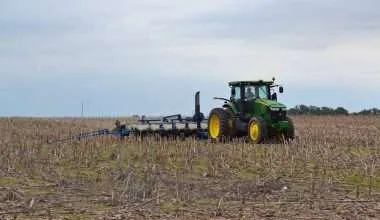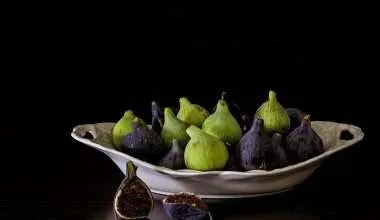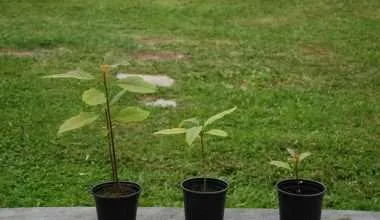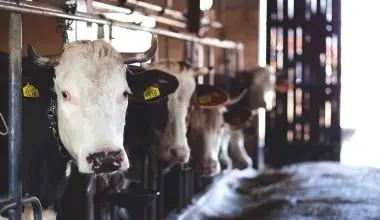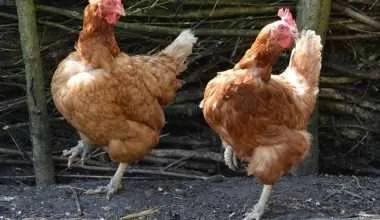Table of Contents Show
Green technology is any form of technology which is environment-friendly based on its production process or its supply chain. It is a form of clean energy production that utilizes alternative fuel and technologies that are less harmful to the environment than fossil fuels.
The market is still young when it comes to green technology. Nevertheless, it has gathered a significant amount of attraction as well as investors due to increasing awareness regarding climate change along with simultaneous depletion of natural resources.
It is now important for us to start adopting green technology so that we can slow down global warming and reduce greenhouse gas emissions. The main purpose of adopting green technology is to create new technologies that don’t cause any depletion to our already exhausting natural resources.
This will ultimately result in less harm to people, species, and improve the general health of our planet.
The active use of green technology can also help to alleviate pollution, which is already suffocating our planet. This is another reason why it is being adopted by many countries around the world. Turning to green technology is a way forward to fight the aggressive impact of existing technological practices that can cause environmental damage.
Green technology can tackle many issues faced by farmers in the agriculture sector. The use of more sustainable ideas and technologies can help make the farm more environmentally friendly. It can also provide resources to the population; Recourses that are not only cheap, but also healthy.
Benefits of Green Technology in Farming
Profit margins are very slim, and environmental issues constantly pose new challenges for farmers. Although it may seem simple for modern society, it is anything but that.
As the world’s population continues to grow, Farmers need to keep up with this increase in demand and environmental factors to stay relevant and make a livelihood for them.
This is why farmers are now turning towards green technology to generate improved productivity and profits as well as being sustainable in the process.
1. Efficient Use of Resources
The use of technology to generate data regarding rainfall patterns can help farmers use their most valuable resources to much better use.
This precision agricultural practices will remove most of the guesswork from farming, saving them money, water, fertilizers, and other resources.
The use of robotics will also help take care of repetitive tasks, reducing burden on the poor farmer.
2. Better crop yield
A farmer needs to produce crops with a high yield to make his farming profitable. This isn’t an easy feat to achieve. Pests, diseases, changing weather patterns and other issues pose a constant threat to the yield of crops.
Farmers are now using imaging, sensors, and data analysis to keep a closer eye on the welfare of their fields. Sensors in the soil placed all over the farmers can help in measuring nitrogen levels as well as moisture.
Camera drones can identify damaged areas due to pest invasions, and sensors can also detect contamination levels in ponds and irrigation systems.
This information can then allow the farmers to exactly figure out how much water is needed in the crops, what nutrients are required by the soil, and where exactly do they need to look for pests on their farm.
3. Improvement in indoor farming
Indoor farming is expensive and consumes large amount of energy. This is primarily to provide required environmental conditions for favorable growth. The excessive use of energy makes it neither lucrative nor environmentally friendly.
Thankfully, advancement in indoor growing technologies is now helping farmers to grow a wide variety of crops, regardless of the climate and weather, making use of indoor space more efficiently.
For instance, LEDs have replaced the high consumption fluorescent lights. With the right use of LEDs, farmers will be able to grow indoor crops much faster than they could ever use before.
They can also be used to achieve an optimal amount of light and darkness. Furthermore, indoor farming has the potential to reduce water use.
4. More income
Farmers have started cashing in on this technology-centered farming.
As the world is leaning towards more renewable energy ideas, and the industry is booming, people are investing in farming by installing solar panels and wind turbines on their land.
Some farmers have now started producing corn and Switchgrass, as biofuel sources. Some are selling organic waste for it to be converted into biofuel, while others are making the end-product.
This has helped in providing farmers with an increased income, which improves their farms as well as their livelihoods.
Other Modern technologies in farming today
Farm Automation
Automated farming is a technology that helps to make farming more efficient and helps to automate the crop of the production cycle of the livestock.
Many companies are working on robotics innovation to help in making drones, autonomous tractors, automatic watering, robotic harvesters, and seeding robots.
Although these technologies are fairly new, the industry has observed increasing number of farmers adopt this automated green technology into their practices.
Indoor vertical farming
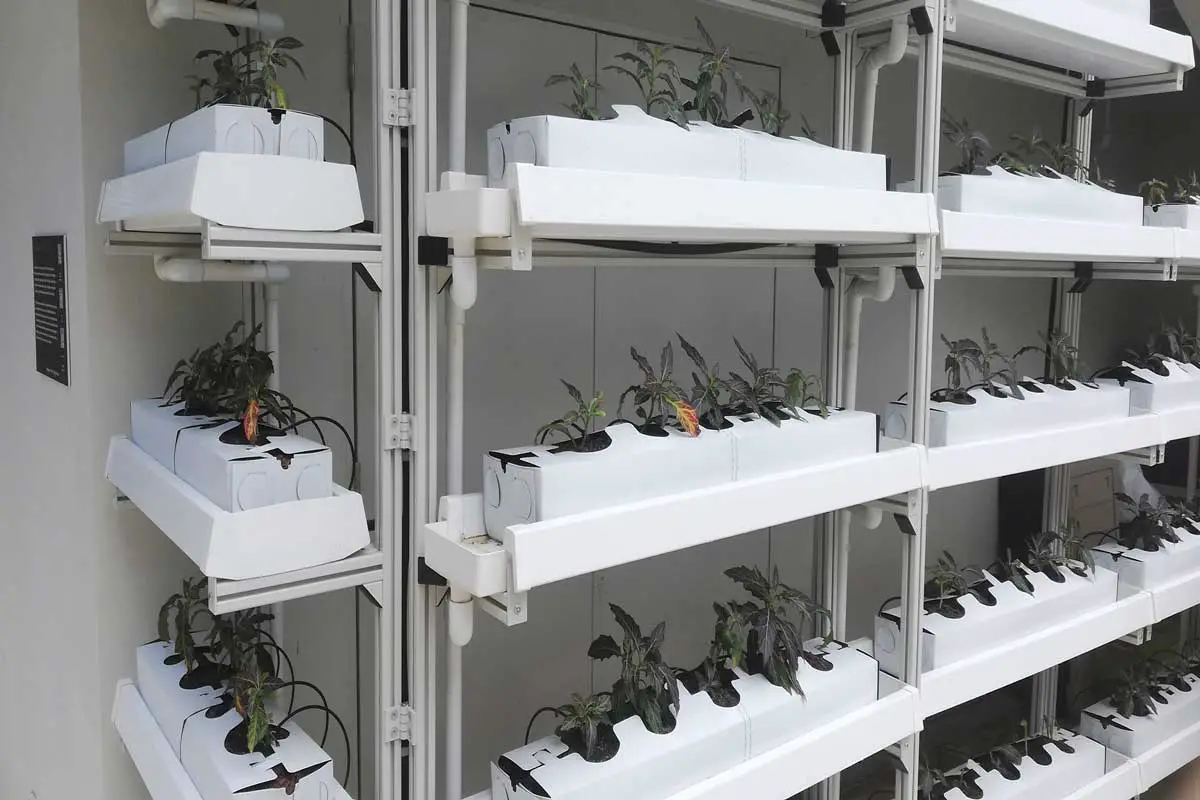
Indoor vertical farming is growing products stacked one above the other in a closed and well-monitored environment.
Indoor vertical farming helps to increase the yield, overcome limited space issues, and even reduce the impact on the environment by lessening the distance traveled in the supply chain.
Using growing shelves that are mounted vertically, there is a significant reduction in the amount of land used.
This type of farming can be done across cities and urban landscapes and can thrive in congested spaces. Vertical farming is unique as it does not require soil for plant growth, they’re often called hydroponics.
P.S: During lockdowns implemented throughout COVID spread, many residents started practicing indoor vertical farming so they could grow their own fruits and vegetables inside their homes.
Modern Greenhouses
There has been a transformation in the greenhouse industry in the past decades, from small scale facilities primarily used for research and aesthetic purposes to large-scale facilities directly competing with land-based conventional food production.
Due to the improvements in green technology, this industry is also witnessing a rise like never before.
Livestock farming tech
Livestock farming industry has mostly been overlooked and highly under-serviced, even though it is extremely vital.
However, recently there has been a revolution in the world of livestock management through the integration of green technology.
Technological advancements have made improvements in tracking and managing livestock more convenient and data-driven. This technology has helped in the form of genetics, nutritional technologies, digital technology, and more. Technology in livestock will help to enhance productivity, welfare, as well as improve management of animals and livestock.
Artificial Intelligence
The rise of technologies and digital agriculture has provided opportunities. Sensors, satellites, and UAVs will gather new information 24 hours per day over an entire field.
These will help in monitoring the health of the plant, soil condition, temperature, and humidity. The objective is to allow farmers to have a better understanding of the situation on the ground. It will be through advanced technology that will allow them to enhance the productive capacity of their farmland using artificial intelligence.
Further production increases in agriculture must be generated by technologies that are both profitable and more environmentally safe.
